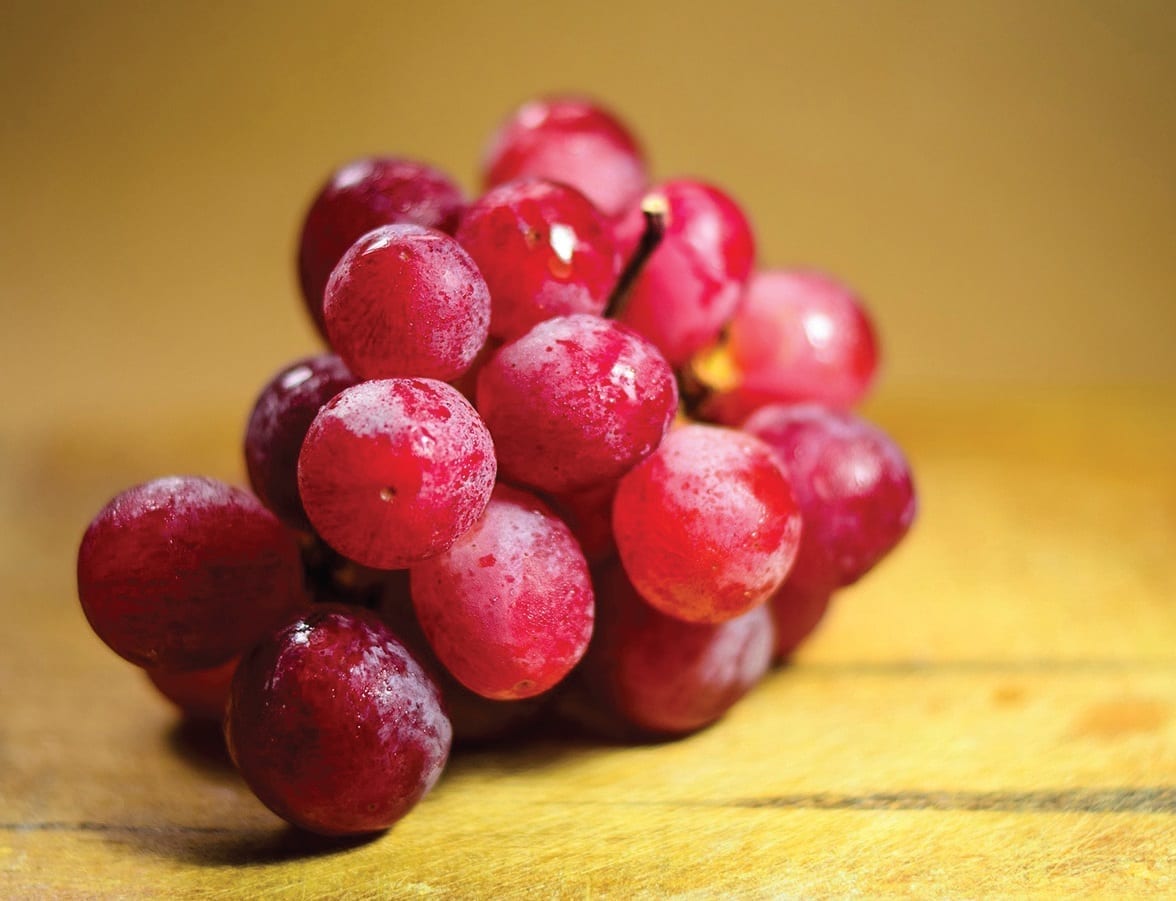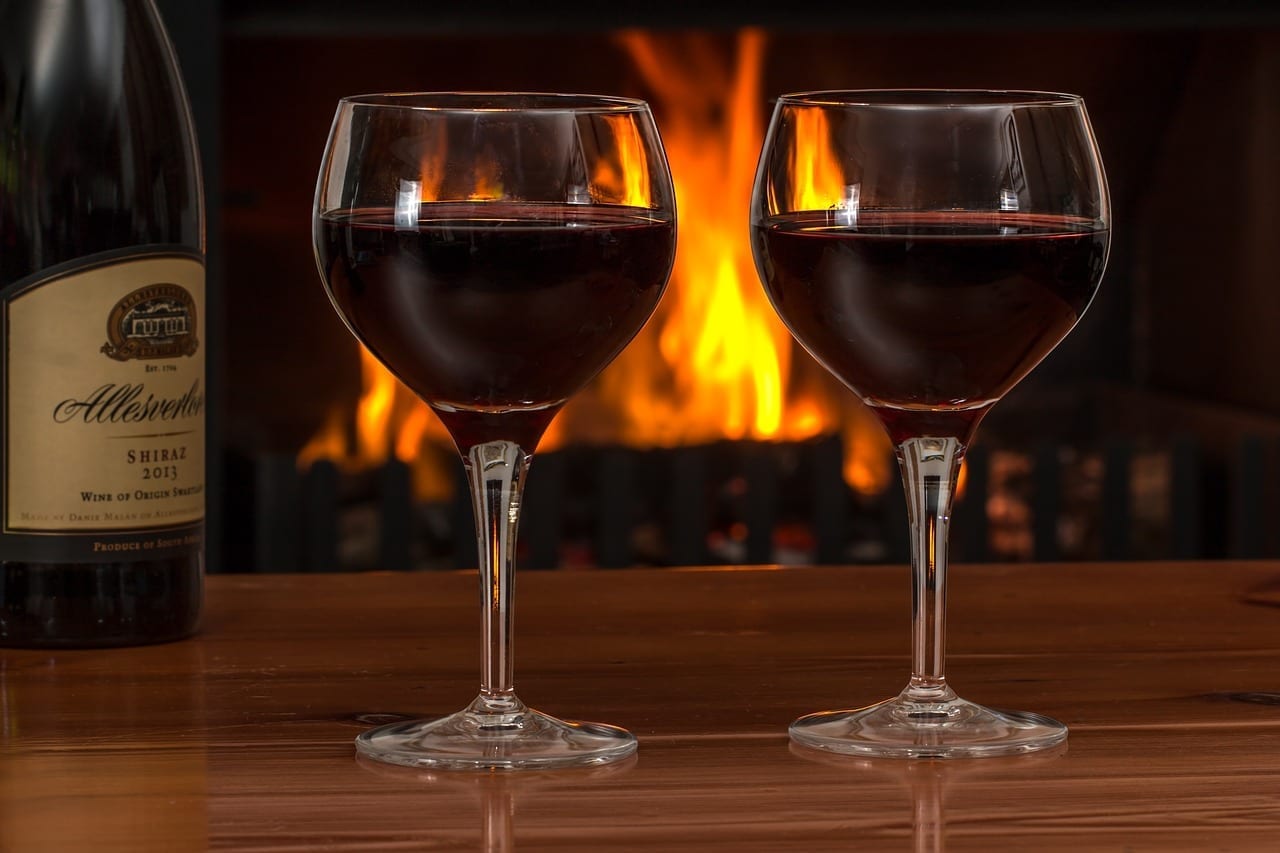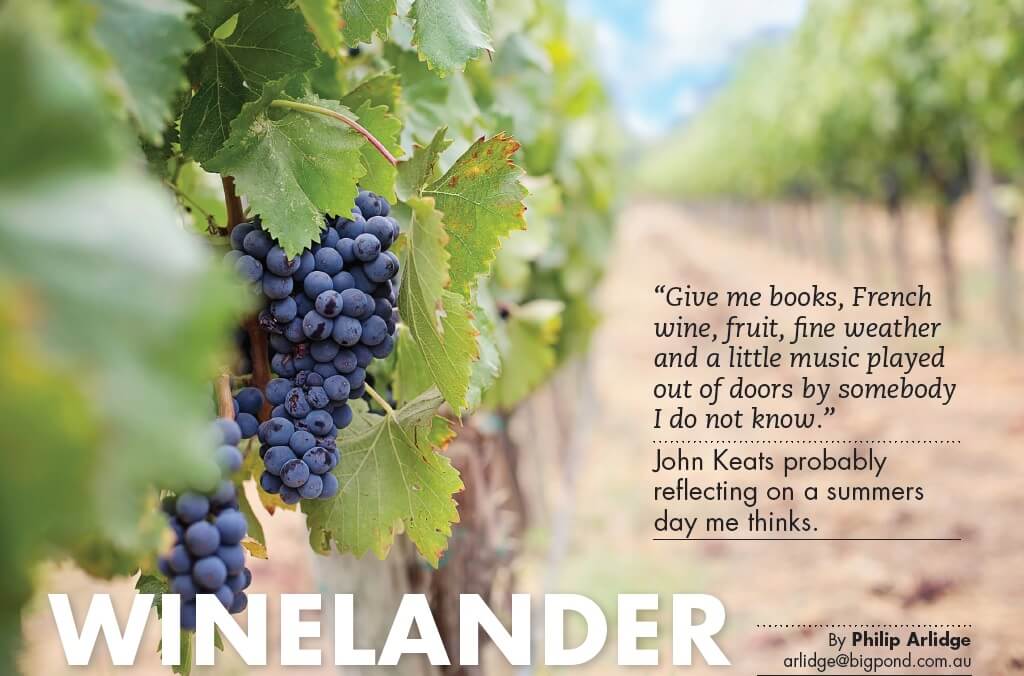Tags: Wine. White. Red. Wineries. Australian. Queensland. Brisbane.
As you may have gathered by now I enjoy a wine lifestyle, I have spent the last forty years or so making a living either standing in bottle shops, drive-throughs or sitting in buyers offices trying to sell the stuff or simply talking to anyone who shows any interest in the subject, and I must admit in retirement it is something I miss although reading up on various items for this column still keeps me involved to a degree.
Today’s subject isn’t so much about wine itself but what you can do with wine that is “virtually undrinkable” and the leftovers after the grapes have been crushed otherwise known as the ‘grape must’ or ‘pomace’ and in this article there will be some facts and a myth, which for all I know could actually turn out to be fact, but if it isn’t it makes for an interesting story. Firstly what do you do with all the pulp, seeds and skins once the juice has been extracted and is on its merry way to the tanks for fermentation and made into your favourite wine?
In most countries, it is either dumped directly into the fields as a fertiliser or fed to the animals but in Italy back in the days when the peasants were very poor and after the grapes had been harvested for their landlords they added a further step to the process and took some of the ‘must’ home. Once the damp pulp was home it would be fermented and the leftover liquid extracted and distilled to create a high proof alcoholic beverage that made the winters, long days in fields, and poverty more bearable. Then they dumped the leftovers in the field or troughs, I thought you would you like to meet Grappa.
Now the myth, and it is a good one, involved a Roman soldier in Bassano del Grappa, just outside of Venice, who loved the smell of ‘grape must’ leftover from the winemaking and worked out how to do something with it. It helped that on his way back from the battles in Egypt he had acquired a ‘still’ and decided to put to good use and Grappa was born, there you go the origin of Grappa dates back to Roman times. However, it is more likely Grappa probably emerged from Europe’s middle ages when a lot of grains and fruits were distilled into various spirits.

Today in an effort to stamp out the making of ‘moonshine’ Italian law requires winemakers to sell their ‘must’ to Grappa makers and this seems to work, and nowadays, as with other spirit making, the levels of quality vary from cheap to quite expensive with the product sold in some amazing bottles.
How do you turn grapes that are very dry, acidic, thin and almost undrinkable into some of the most expensive alcoholic beverages in the world? The grapes in question are Ugni Blanc, Folle Blanche, and Colombard (although here in Australia Colombard can actually make a pleasant dry white but not in some parts of Europe) and to change their character you make them into a wine at around 12% alcohol then using either a pot ‘still’ several times, or a continuous ‘still’ pushing the alcohol up to around 60% and then a dilution using distilled water change the liquid into a spirit known as Brandy with an alcohol content of 40%.
Brandy is made all over the world wherever the grapes are grown simply by boiling white wine in a copper pot ‘still’ or a continuous ‘still’ but two areas above all are recognised for the quality of what they produce and they are Cognac and Armagnac in France. While Armagnac can be aged in wooden casks for a minimum of one year to reach the V.S.
standard (Very Special) Cognac needs to be aged for at least two years as it is in Australia. Cognac is produced using a copper pot and is twice distilled before reducing the alcohol level to 40% by using distilled water then stored in Limousin oak barrels until needed for bottling and blending then depending on the blend of aged material will be priced accordingly. For example, a bottle of Remy Martin Louis 13th Cognac will cost around $3000 but there have been cases where very rare blends have cost in excess of $30,000 for a bottle.
On the bottles, the letters V.S depict a three-star brandy which designates a blend in which the youngest brandy has been stored in casks for at least two years. V.S.O.P (Very Superior Old Pale) is a blend stored for at least four years and X.O. (Extra Old) or Napoleon in which the minimum age is ten years, also after distillation and during the aging process is also called ‘eau de vie’ or translated as ‘water of life’ Lower cost spirits are made using the continuous stills which need far less skill to produce the end product, due to the decline in the sale of brandy here in Australia very few copper stills remain in use.

Now for the good news here in Australia one company still produces brandy to match the best in the world and that is St. Agnes of South Australia which is owned by The Angove Family Winemakers. Dr William Angove established a distillery in Renmark in 1910 where he planned to make spirit for fortifying wine as port and sherry were very popular around this time. William’s son Carl travelled to Cognac to learn from the best and upon his return St. Agnes Brandy was born in 1925. Every year since 1925 the St. Agnes Distillery and Barrel halls have been carefully handcrafting brandy that is equal to any produced anywhere and in that period there have been just five master distillers!
Apart from the superb St. Agnes V.S. Brandy which is aged for a minimum of three years, there is a family of brandies including The V.S.O.P. aged for five years, a St. Agnes X.O. aged for 15 years, a St. Agnes X.O. Imperial aged for twenty years and the St. Agnes X.O. Grand Reserve aged for forty years all double pot distilled, all of the XO. The range is superbly packaged and if there is a decision on which brandy to buy there is really only one and it’s Australian!
Let’s go from the sublime to the ridiculous, there is a wine on the market that Angove’s have represented under licence here in Australia for fifty years, it has sold several million cases over this period, has been around since 1740 making it one of the oldest surviving alcoholic beverages, is sold in every liquor store and carried by most restaurants, it is mostly sold in Queensland and very rarely gets a write up, who am I? I am Stone’s Original Ginger Wine of course made from an original recipe from London.
The ginger is first and foremost a warming agent that leaps out of the bottle along with aromas of cinnamon, anise and nutmeg and if you are into Asian cooking Stone’s is a great addition as the alcohol burns off quickly. Stone’s Ginger Wine also comes blended with Scotch Whisky as Stones Mac, the Stone’s Special Reserve and a couple of alcoholic ginger beers. Out there in wine world, I had Penola Coonawarra Cabernet Sauvignon from Liquorland this week, it was on special at two for twenty dollars or half price, the value was outstanding. I think it comes on special regularly so if the special has finished just keep your eyes open.
It is hard to recommend specials because the magazine doesn’t always match the specials going around but Dan Murphy’s are pushing Stonyfell Shiraz Cabernet which to members is two bottles for $18 or half price, as a non-member if you purchase any six bottles of anything you get the same deal, which I hate as it makes you buy more than you wanted. Liquorland also had the Rosemount Diamond range out at $8 which is half price and from Hardys a William Hardy Langhorne Creek Shiraz which was very enjoyable and on special.
Cheers, Philip Arlidge [email protected]
“Beer is made by men, wine by God” Meghan Whalen Turner ‘The King of Attolia’ “I’m not sure I can trust you” “You can trust me with your life my King” “But not with my wine, obviously. Give it back!”
Martin Luther
